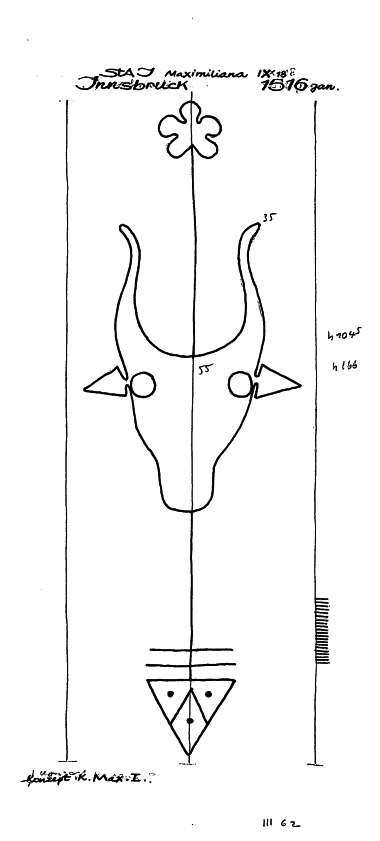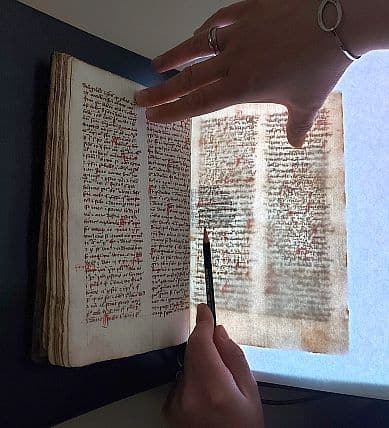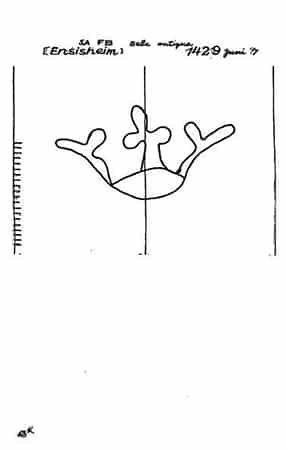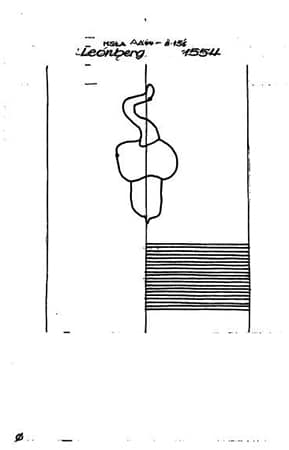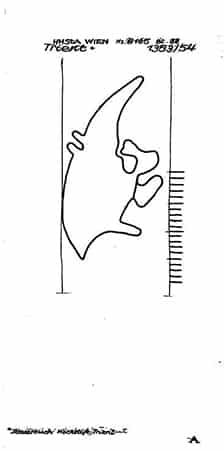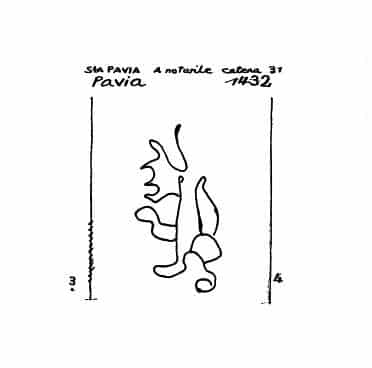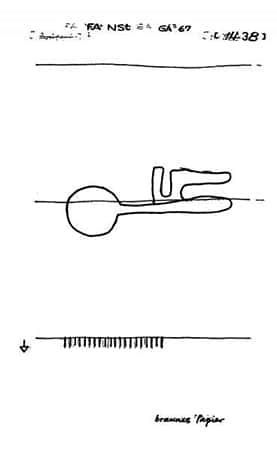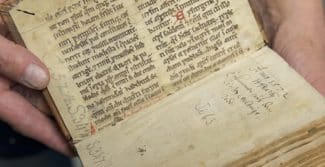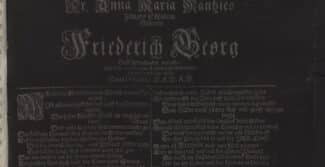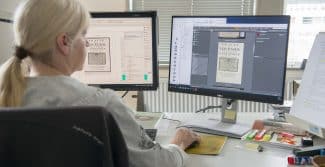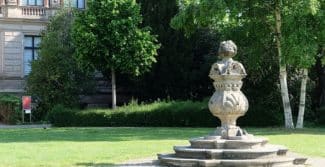31 May 2022
Until the 12th century, parchment made from processed animal skin was the only material from which books were made in Europe. It was not until the early 13th century that people in Italy and Spain were able to produce paper themselves; the first paper mill on German soil was established in 1390 in Nuremberg by the wholesaler, manufacturer and councillor Ulman Stromer. From that time on, paper gradually came to replace the much more expensive parchment as a writing material. Unlike their Arab counterparts, European papermakers put particular watermarks in their paper. They formed figures, coats of arms, objects and letters out of wire and integrated them into the sieves used for making paper, so that the wire motifs left their mark. This makes it possible today to determine when and where the paper in a book was made simply by looking at its watermarks. Since paper was not usually purchased in advance and put in storage but rather used promptly for writing on, it is possible to date the particular book in question fairly precisely.
One of the first people to come up with the idea of using watermarks as a dating aid was the naturalist and librarian Gotthelf Fischer von Waldheim (1771–1853). In 1804 he published his Versuch, die Papierzeichen als Kennzeichen der Altertumskunde anzuwenden (An Attempt to Use Watermarks to Designate Antiquity), which described the various watermark motifs that were used in dated documents and illustrated them alongside their respective year of origin. This principle is still used today in the great watermark collections, that of Swiss papermaker Charles-Moïse Briquet (1839–1918), for example, and most importantly, that of historian and archivist Gerhard Piccard (1909–1989). His collection, which is held in the Hauptstaatsarchiv Stuttgart, contains some 130,000 index cards of watermark rubbings. Both collections, initially published as printed volumes, are now accessible digitally. Since 2010, the Deutsche Forschungsgemeinschaft (German Research Foundation, DFG) has been funding the development of a common European watermark information system (Wasserzeichen-Informationssystem, WZIS), in which information about other watermarks from manuscripts that have never been inventoried can now be listed alongside those from Piccard’s collection.
Before a watermark is added to the database, it must first be rubbed or scanned. With the help of the ATWISE device (Austrian Watermark Imaging System), each individual manuscript page is photographed so that all the watermarks it contains can be directly accessed in digital form. The scanning area of 20.2 × 15cm and a 200 dpi resolution means that it is even possible for larger watermarks to be reproduced in their entirety. Very tightly bound manuscripts present a challenge, as the scanner has to reach all the way into the fold. In smaller-format manuscripts, the original page was usually folded and cut to the appropriate size before being inscribed. In such manuscripts and prints, the watermarks may be divided into two, three or even four parts. To be able to reconstruct such a watermark, the arrangement of the pages in the codex must first be determined and recorded in a diagrammatic quire formula. It is not uncommon for entire sections of a watermark to be missing or only partially available. Furthermore, it is common in smaller formats for the watermark to be located right in the fold. This means it cannot be scanned and must be recorded manually. To do this, a special electroluminescent foil (Slimlight) is placed behind the manuscript page to illuminate the watermark so that a rubbing can be made on paper using a pencil. This rubbing can then be transferred to transparent paper and scanned.
Having been recorded in this way, the manuscript watermarks are then entered into the database together with the corresponding metadata. A single manuscript can have as many as fifty different watermarks, but the number is usually between five and fifteen. The dimensions of the watermark must be digitally determined (the height, width and spacing of the grid wires on the papermaker’s sieve) before they are entered, and identical watermarks, i.e. watermarks that are completely identical or differ only slightly and are therefore classified as variants, should also be noted. Watermarks can be digitally superimposed to determine their similarities.
The most common watermark in the WZIS, with around 36,000 variants, is the ox’s head. This is possibly because Luke the Evangelist, whose symbolic animal is the bull, was the patron saint of the medieval painters’ guilds and thus also revered by related trades such as the papermakers. As part of the project ‘Establishing an information system for watermarks in the DFG manuscript centres’, a system was developed that makes it possible to compare the various ox heads. If the need arises, this can be adapted to assess other motifs. Not all watermarks are as clearly recognisable as the ox head or so easily grouped within the system. Would you have guessed what the following watermarks depict?
Please contact Charleen Zander if you need to determine the watermarks in a Wolfenbüttel manuscript in the course of your research.
